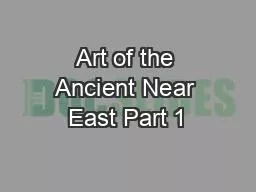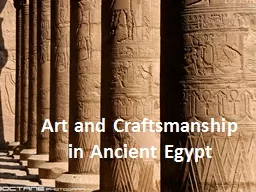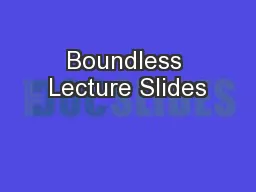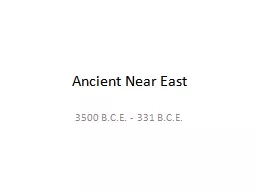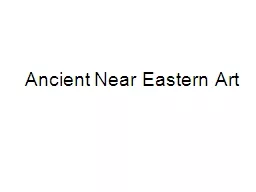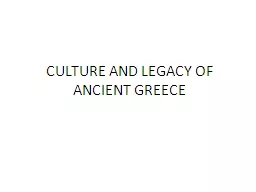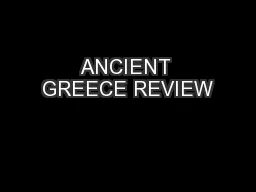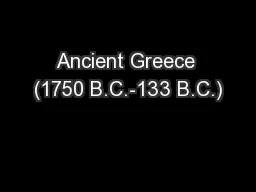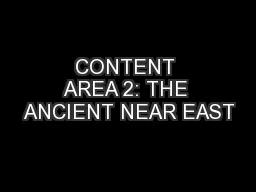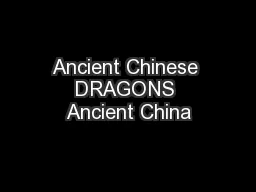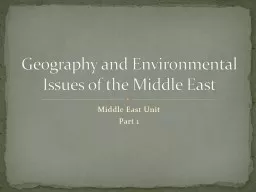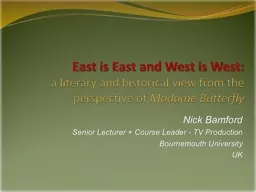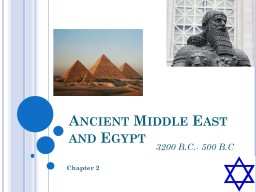PPT-Art of the Ancient Near East Part 1
Author : katrgolden | Published Date : 2020-07-03
SUMERIAN ART 3000 BCE SUMERIAN CITY STATES Settled in Mesopotamia birth place of Judaism Garden of Eden Christianity and Islam Continued the development of sustainable
Presentation Embed Code
Download Presentation
Download Presentation The PPT/PDF document "Art of the Ancient Near East Part 1" is the property of its rightful owner. Permission is granted to download and print the materials on this website for personal, non-commercial use only, and to display it on your personal computer provided you do not modify the materials and that you retain all copyright notices contained in the materials. By downloading content from our website, you accept the terms of this agreement.
Art of the Ancient Near East Part 1: Transcript
Download Rules Of Document
"Art of the Ancient Near East Part 1"The content belongs to its owner. You may download and print it for personal use, without modification, and keep all copyright notices. By downloading, you agree to these terms.
Related Documents

